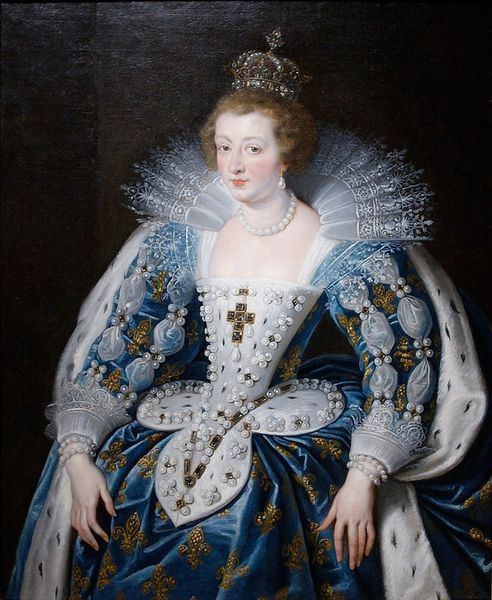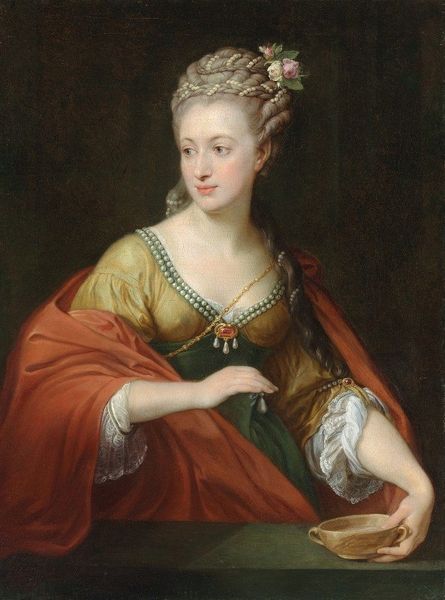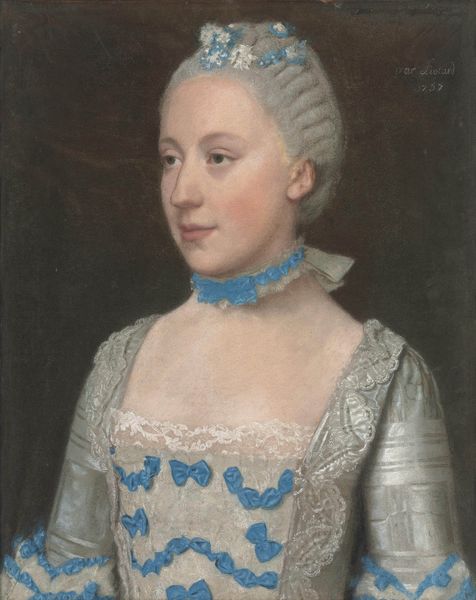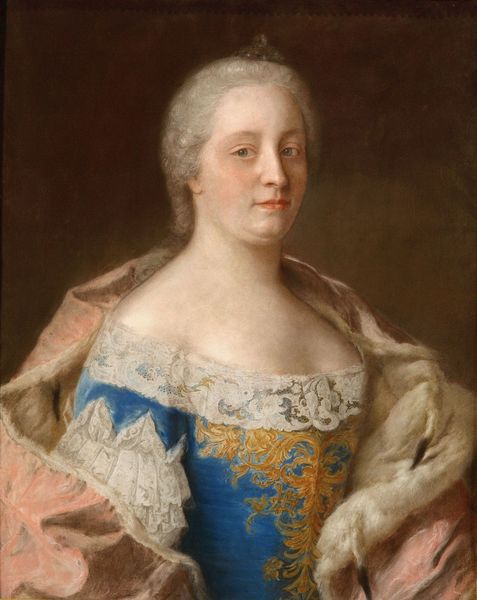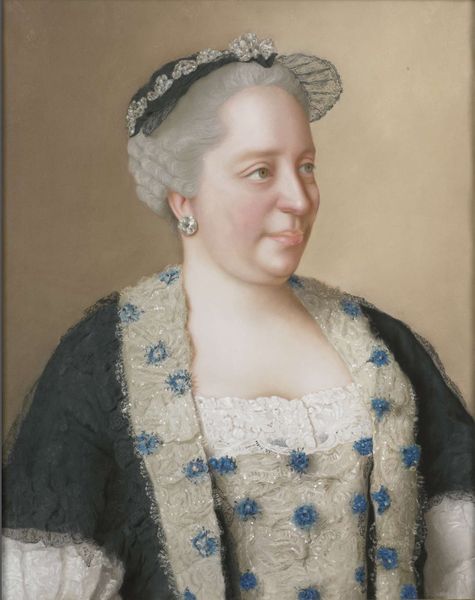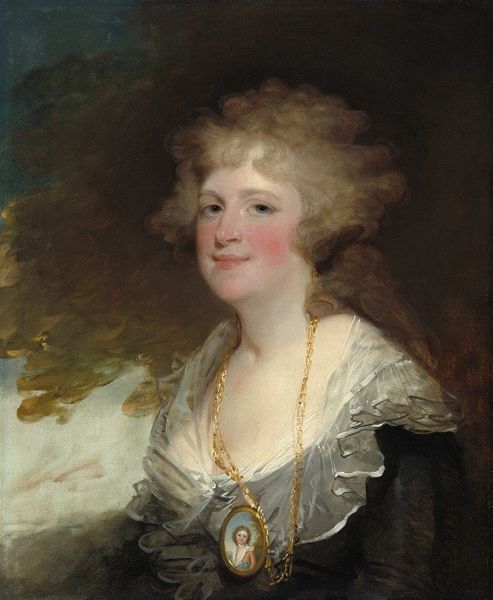
Portrait of Julie De Thellusson-Ployard 1760
0:00
0:00
jeanetienneliotard
Kunstmuseum Winterthur, Winterthur, Switzerland
tempera, painting
#
portrait
#
tempera
#
painting
#
rococo
Copyright: Public domain
Curator: Jean-Étienne Liotard painted this "Portrait of Julie De Thellusson-Ployard" around 1760. It's tempera on parchment, a popular choice at the time for achieving a delicate and detailed finish. Editor: The first thing that strikes me is how fresh and present she feels, despite the historical remove. The slight smile, the way she holds the ribbon... it's surprisingly engaging. Curator: Liotard's work emerged in an era when portraiture served the function of signaling status, lineage and virtue within the political realm of 18th-century European nobility. Given that Julie de Thellusson-Ployard belonged to a prominent banking family in Geneva, what cultural expectations might have informed how her image was consumed by the intended audience? Editor: Well, in viewing her dress and her coiffure through an intersectional lens, there's so much tied up in these visible markers. For instance, the ornamentation is restrained for the period. This restraint speaks, perhaps, to Geneva's complicated relationship with Parisian culture. In an environment that could swing toward strict sumptuary laws informed by the values of Protestantism, luxury and its displays required nuanced approaches. Curator: Exactly! Also note how the rococo style informs the details: the lacy trim, the arrangement of bows, but rendered with a muted color palette as well as a soft background, further demonstrating restraint in comparison to its other interpretations elsewhere in France. It makes one wonder what other social and institutional tensions she would have navigated as a woman within her position. Editor: And consider the political valence embedded in her gaze. Her sideways glance defies typical conventions. Most of these commissions would have called for rigid frontal poses. She is quite comfortable gazing off and perhaps outside, or beyond the canvas’ boundaries. What might she see outside of this confined composition? Curator: These considerations move the appreciation beyond just an individual level into how a woman and her likeness operates and functions within its period. What does this image do in shaping or reflecting her own self-perception? Editor: Absolutely, analyzing such visual cues invites speculation, turning us, as contemporary viewers, into detectives uncovering forgotten narratives of identity and circumstance.
Comments
No comments
Be the first to comment and join the conversation on the ultimate creative platform.




